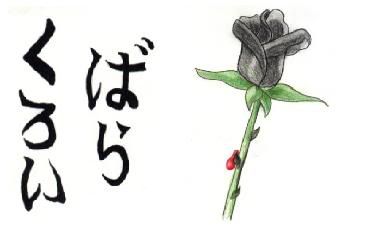- Return Address: If your stationery has a letterhead, skip this. Otherwise, type your name, address and optionally, phone number. These days, it’s common to also include an email address.
- Date: Type the date of your letter two to six lines below the letterhead. Three are standard. If there is no letterhead, type it where shown.
- Reference Line: If the recipient specifically requests
information, such as a job reference or invoice number, type it on one
or two lines, immediately below the Date (2). If you’re replying to a letter, refer to it here. For example,
- Re: Job # 625-01
- Re: Your letter dated 1/1/200x.
- Special Mailing Notations: Type in all uppercase characters, if appropriate. Examples include
- SPECIAL DELIVERY
- CERTIFIED MAIL
- AIRMAIL
- On-Arrival Notations: Type in all uppercase characters, if appropriate. You might want to include a notation on private correspondence, such as a resignation letter. Include the same on the envelope. Examples are
- PERSONAL
- CONFIDENTIAL
- Inside Address: Type the name and address of the person and/or company to whom you’re sending the letter, three to eight lines below the last component you typed. Four lines are standard. If you type an Attention Line (7), skip the person’s name here. Do the same on the envelope.
- Attention Line: Type the name of the person to whom you’re sending the letter. If you type the person’s name in the Inside Address (6), skip this. Do the same on the envelope.
- Salutation: Type the recipient’s name here. Type Mr. or Ms.
[Last Name] to show respect, but don’t guess spelling or gender. Some
common salutations are
- Ladies:
- Gentlemen:
- Dear Sir:
- Dear Sir or Madam:
- Dear [Full Name]:
- To Whom it May Concern:
- Subject Line: Type the gist of your letter in all uppercase characters, either flush left or centered. Be concise on one line. If you type a Reference Line (3),
consider if you really need this line. While it’s not really necessary
for most employment-related letters, examples are below.
- SUBJECT: RESIGNATION
- LETTER OF REFERENCE
- JOB INQUIRY
- Body: Type two spaces between sentences. Keep it brief and to the point.
- Complimentary Close: What you type here depends on the tone and degree of formality. For example,
- Respectfully yours (very formal)
- Sincerely (typical, less formal)
- Very truly yours (polite, neutral)
- Cordially yours (friendly, informal)
- Signature Block: Leave four blank lines after the Complimentary Close (11) to
sign your name. Sign your name exactly as you type it below your
signature. Title is optional depending on relevancy and degree of
formality. Examples are
- John Doe, Manager
- P. Smith
Director, Technical Support - R. T. Jones – Sr. Field Engineer
- Identification Initials: If someone typed the letter for you,
he or she would typically include three of your initials in all
uppercase characters, then two of his or hers in all lowercase
characters. If you typed your own letter, just skip it since your name
is already in the Signature Block (12). Common styles are below.
- JAD/cm
- JAD:cm
- clm
- Enclosure Notation: This line tells the reader to look in the envelope for
more. Type the singular for only one enclosure, plural for more. If you
don’t enclose anything, skip it. Common styles are below.
- Enclosure
- Enclosures: 3
- Enclosures (3)
- cc: Stands for courtesy copies (formerly carbon copies). List the names of people to whom you distribute copies, in alphabetical order. If addresses would be useful to the recipient of the letter, include them. If you don’t copy your letter to anyone, skip it. source : http://jobsearchtech.about.com/od/letters/l/bl_block_p.htm
Business Letter
Diposting oleh
Taki Takim
Label:
Semester 7 - Bahasa Inggris Bisnis 1
Menu
- Article (6)
- Article Digital Imaging (2)
- Article Japan (8)
- Article Kamera (2)
- File Taki (3)
- HTML (2)
- J-Fest (3)
- Java Script (13)
- Otaku (3)
- RegEdit (6)
- Review DSLR (19)
- Semester 1 - Ilmu Sosial Dasar (1)
- Semester 2 - Ilmu Budaya Dasar (11)
- Semester 3 - Manajemen Proyek dan Resiko (3)
- Semester 4 - Interaksi Manusia Komputer (3)
- Semester 5 - Bahasa Indonesia (12)
- Semester 6 - Bahasa Indonesia 2 (7)
- Semester 7 - Bahasa Inggris Bisnis 1 (4)
- Semester 8 - Bahasa Inggris Bisnis 2 (2)
- Tugas Kampus (1)
- WiFi (1)
 SAFETY CAN BE FUN.....
SAFETY CAN BE FUN.....




